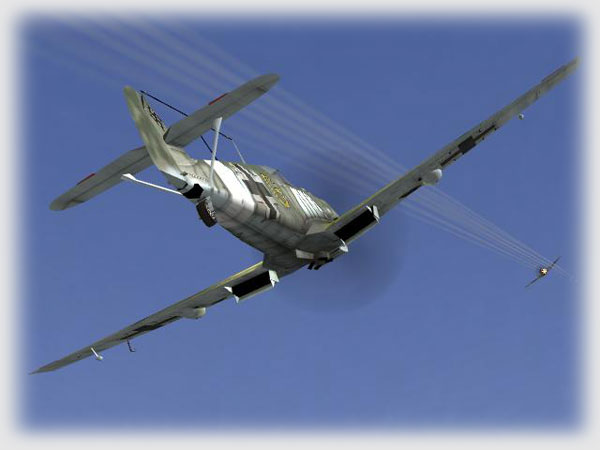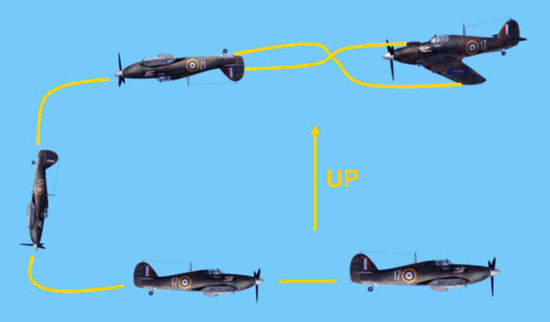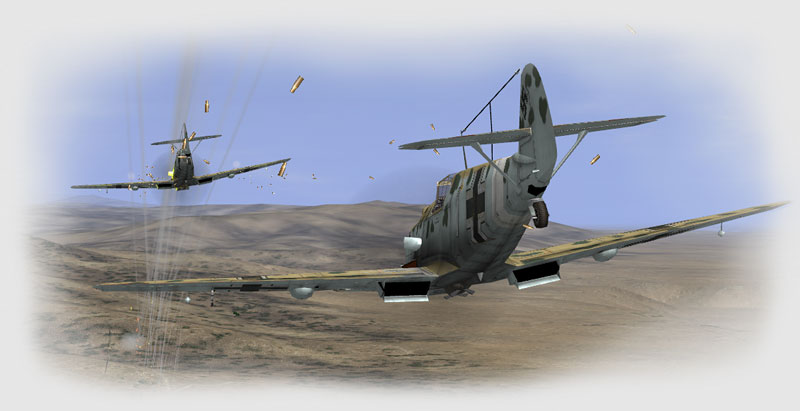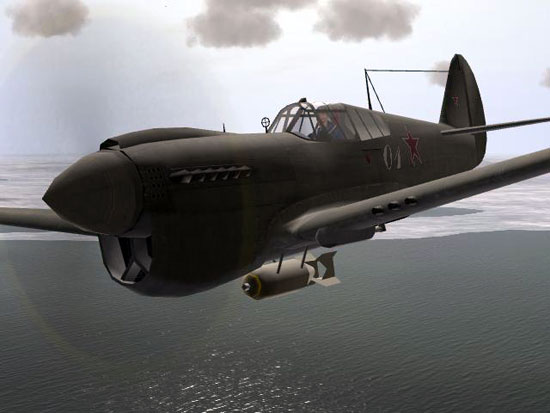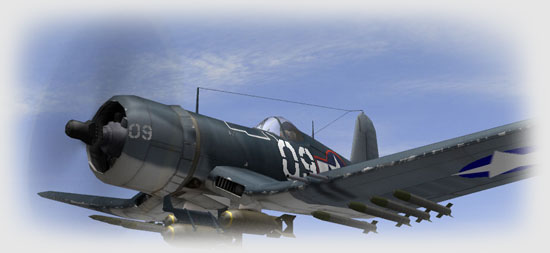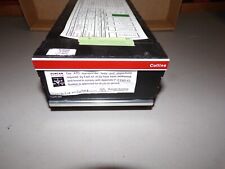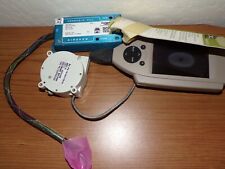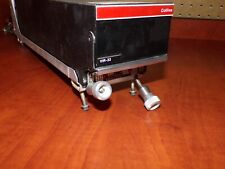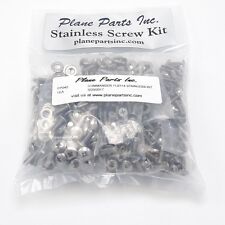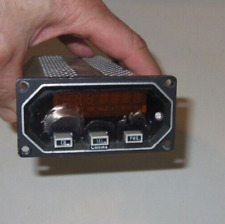by Frank “Dart” Giger
I’ve been asked to pick up on the flight simulation series of articles based on the IL-2 series, and figured I’d start off with some general ideas on aircraft to give an idea of the type of articles you’ll be seeing.
Let’s start out with some of the myths that some very smart folks have debunked for me before we start in on the “How To” articles of Ground Attack, Range Estimation, Carrier Landings, Surviving Online, etc.
Bear in mind I’m not a Real Life Pilot, inadequately read, and have had to get a grasp of things through trial and error as well as a few “light bulb” revelations from corresponding to Real Life Pilots and, when all else fails, Google.
![]()
Energy Versus Turn Fighters
It’s pretty common to read that some planes are “energy fighters” while others are “turn fighters.” This is a false statement that causes most problems with new sim pilots.
ALL fighters are “energy” fighters! The difference between a Fokker DR1 triplane and a Folke-Wulf 190 is the general flight envelope they inhabit. There is a band of energy, which we generally consider to be airspeed or altitude, that both work best in; if either falls outside of that band, they perform poorly.
My favorite IL-2 series planes, the Yak-1b and the Hurricane IIb, for example, aren’t widely considered “energy” fighters, as they operate in an energy band that is lower than most of their contemporary enemies. Yet I can put up a good showing against “superior” or “energy” fighters in either of them simply because I’ve learned how best to conserve the energy the plane has in a fight and put it to advantage.
Lighter, slower aircraft such as the I-16 or Yak-1b tend to be more forgiving of jerking the plane into a turn and bleeding energy than larger, more powerful ones, but the same forces are at work as in heavier, more powerful aircraft.
In a fight I always keep the throttle at 100% and do my best to fly through maneuvers rather than force the aircraft into a turn or a climb, as both steal more energy than either plane can replace in a timely manner. The idea is to keep my energy state at the plane’s best operating band and try to get the other guy to come out of his. It’s how I have managed to out-turn a Zero in a Hurricane IIb online.
Simple Rule: The first person to run out of energy loses.
Similarly, the only difference in scissors between a MiG-9 and a P-80 and a Yak-1b and a Bf-109/F4 are the distances used (due to the relative airspeeds). The maneuvers are the same; the principles are the same; it’s only the band of energy that is higher.
Flying the Bf-109 and the Corsair is no different — the controls work the same way; it’s understanding the band of energy each works best in and how to keep them there is the hard part.


